This article was medically reviewed by Mark Ziats, MD, PhD. Dr. Mark Ziats is an Internal Medicine Physician, Scientist, Entrepreneur, and the Medical Director of xBiotech. With over five years of experience, he specializes in biotechnology, genomics, and medical devices. He earned a Doctor of Medicine degree from Baylor College of Medicine, a Ph.D. in Genetics from the University of Cambridge, and a BS in Biochemistry and Chemistry from Clemson University. He also completed the INNoVATE Program in Biotechnology Entrepreneurship at The Johns Hopkins University - Carey Business School. Dr. Ziats is board certified by the American Board of Internal Medicine.
There are 10 references cited in this article, which can be found at the bottom of the page.
This article has been viewed 32,579 times.
Studies show that sepsis, a condition that occurs when your body's response to infection leads to an inflammatory response, can cause organ damage, organ failure, and even death.[1] Although anyone can develop sepsis, it is most common in the elderly, those with compromised immune systems, and infants or young children. Proper hygiene is important to prevent sepsis, and it can also be prevented by cleaning wounds quickly to prevent infections from developing. Experts note that since sepsis can be life-threatening, it's important you make an effort to prevent sepsis in your day-to-day life.[2]
Steps
Preventing Sepsis in Adults
-
1Wash your hands regularly. One of the most important means to control sepsis is regular hand washing. If you wash your hands throughout the day, especially after handling food or going to the bathroom, you can greatly reduce your risk of infection. Avoiding infection in the first place means you can avoid sepsis.[3]
- To start, you should wet your hands under warm, clean, running water. Then, add some antibacterial soap.
- Lather your hands thoroughly, making sure to get under your fingernails, between your fingers, and the backs of your hands. You should spend at least 20 seconds scrubbing. To help keep track of time, try humming the "Happy Birthday" song twice.
- Rinse your hands completely under running water and dry them off with a clean towel.
-
2Clean all wounds quickly, even minor cuts. Sepsis starts with an infection that eventually gets into your bloodstream, so clean all wounds thoroughly. This can prevent an infection from occurring. Even minor cuts should be cleaned as this reduces your risk of sepsis.[4]
- Wash your hands before cleaning the wound, then clean the wound under running water. You can also use an alcohol-free wipe. Make sure not to use an antiseptic, as this can irritate the skin.
- When you're done cleaning the wound, pat it dry with a clean towel or paper towel. You should apply an adhesive bandage or sterile gauze to the wound. Change your dressing regularly as the wound heals.
- If your wound has a foreign object embedded in it, seek medical care. A foreign object can cause an infection and should be removed by a medical professional.
Advertisement -
3Talk to your doctor about potential vaccinations. If you are elderly or immunosuppressed, you are more prone to sepsis. It may be a good idea to talk to a medical professional about potential immunizations against certain diseases. Potential vaccinations include vaccines against the flu, pneumonia, and varicella-zoster virus. If you're at an increased risk for sepsis, contact your doctor and discuss which vaccinations would be right for you.[5]
-
4Guard against infections in a hospital. You are at an increased risk for infections and sepsis in a hospital setting. If you're going to be in a hospital for a long time, take measures to protect yourself from infection.[6]
- Talk to your doctor about how to prevent infections, and let them know if you have any health conditions that may make infections more likely.
- Wash your hands regularly while at the hospital, especially after using the bathroom. Visitors, doctors, and nurses should all wash their hands when entering the room.
- If you use a catheter or drainage tube, make sure it does not become dislodged. If it does, let a nurse or doctor know right away.
- Discourage people who are sick from visiting you in the hospital.
-
5Take steps in your day-to-day life to avoid infections. Sepsis starts as a simple infection. A good way to avoid sepsis is to avoid infections altogether. In your daily life, try to avoid infections.[7]
- Be safe when preparing your food. Keep kitchen counters clean, and always wash them thoroughly after handling raw foods such as eggs, fish, chicken, beef, and pork — don't forget to wash your hands, too. Always cook meat to a safe temperature. Ground meats should be at least 160 °F (71.1 °C), and poultry should be 165 °F (73.9 °C), and all other meat should be 145 °F (62.8 °C)
- Avoid sharing personal items, like toothbrushes, razors, and combs.
- If you travel, ask your doctor about any special vaccinations you may need.
- If you're sick, stay home until your symptoms pass.
Preventing Sepsis in Infants and Children
-
1Get your children vaccinated against common childhood diseases. Children are more prone to sepsis than the larger population. One of the best means to prevent sepsis in children is to get them vaccinated. Talk to your healthcare provider about what vaccinations your children need, and make sure to get your kids a full round of vaccines against common childhood diseases.
- Common childhood vaccines include vaccinations against things like meningitis and whooping cough.
- If your child has an underlying problem and cannot be vaccinated, make sure everyone around the child is properly vaccinated. This creates what is called herd immunity, meaning your child will be less likely to contract a disease as those around them are immune.
-
2Take precautions throughout your pregnancy to avoid infection. Sepsis can occur in infants when an infection from a mother is passed on to the baby. Throughout your pregnancy, take steps to prevent infection.[8]
- Do not share cups, plates, or utensils with young children.
- Always cook your meat until it's well done. Eating rare meat during pregnancy can be dangerous. You should also stay away from unpasteurized milk and cheese.
- Do not touch the droppings of wild animals, like mice. If you have a cat, do not clean your cat's litter box. Dirty cat litter can sometimes contain a harmful parasite called toxoplasmosis.
-
3Clean your children's wounds quickly. You should clean children's wounds, even small ones, to prevent an infection. Infections are what cause sepsis. Children often get wounds while playing outside. If your child is wounded, even if it's a small wound like a cut or a scrape, clean and dress the wound right away.
- Clean the wound under running water with some antibacterial soap.
- Pat the wound dry with a clean towel.
- Dress the wound in a sterile piece of gauze or an adhesive bandage. Make sure to change the dressing regularly.
-
4Encourage your children to practice proper hygiene. Proper hygiene is vital to preventing infections that cause sepsis. Make sure your child bathes on a regular basis and washes their hands regularly, especially after playing outside, using the bathroom, and before eating. The better a child's hygiene, the lower that child's risk of developing an infection.
Seeking Medical Care
-
1Seek medical help immediately if you have signs of sepsis. Sepsis can be life-threatening, so the earlier it's treated, the better. If you notice symptoms of sepsis, seek immediate medical care. Watch out for any of the following symptoms:[9]
- Shivering, fever, shaking, or a cold
- Intense pain and discomfort
- Pale skin
- Drowsy and/or confused
- Short of breath
-
2Undergo tests to diagnose sepsis. When you are at the hospital, you will have to undergo a series of tests to diagnose sepsis. Your doctor will determine which tests are right for you.[10]
- A blood test is often done to look for evidence of infection, as well as abnormal kidney or liver functioning.
- You may have urine tested, as well as secretions from wounds. If you're coughing up mucus, that may be tested as well.
- If the site of your infection cannot be determined, image scanning, such an x-ray or ultrasound, may be necessary.
-
3Get treated with antibiotics or supportive care. Usually, a round of antibiotics are used immediately to treat sepsis. They are usually administered through an IV. If you're having difficulty breathing, you may be put on oxygen. You will also be given intravenous fluids via IV for the duration of the infection.[11]
-
4Have surgery, if necessary. In rare cases, surgery may be necessary to treat sepsis. The source of the infection, usually an abscess, may need to be removed.[12]
- Talk to your doctor about how to best prepare for surgery. Do not be afraid to ask questions, as it's important you make sure you're safe during the surgical procedure.
- Follow all advice your doctor gives regarding recovery. It's important you make sure you beat the infection so you can recover from sepsis.
References
- ↑ https://www.sepsis.org/sepsisand/prevention/
- ↑ https://my.clevelandclinic.org/health/diseases/12361-sepsis
- ↑ http://www.cdc.gov/handwashing/when-how-handwashing.html
- ↑ http://www.nhs.uk/chq/Pages/1054.aspx?CategoryID=72&
- ↑ http://www.cdc.gov/sepsis/basic/qa.html
- ↑ http://www.npsf.org/?page=preventinginfections
- ↑ https://www.uofmhealth.org/health-library/sts15452
- ↑ http://www.cdc.gov/pregnancy/infections.html
- ↑ http://www.cdc.gov/sepsis/basic/qa.html
- ↑ hhttps://www.cdc.gov/sepsis/diagnosis/index.html
- ↑ https://www.nhs.uk/conditions/sepsis/treatment-and-recovery/
- ↑ https://www.nhs.uk/conditions/sepsis/treatment-and-recovery/
About This Article
To prevent sepsis, wash your hands regularly and clean minor cuts and wounds as quickly as possible after they occur. Once the wound is clean, cover the area with a sterile dressing or adhesive bandage and don't forget to change the dressing regularly to prevent infection. You can also avoid sharing personal items like toothbrushes and razors, practice proper hygiene, stay current with vaccinations, and make sure meat is fully cooked before consuming it to prevent sepsis. For tips on recognizing sepsis symptoms, read on!

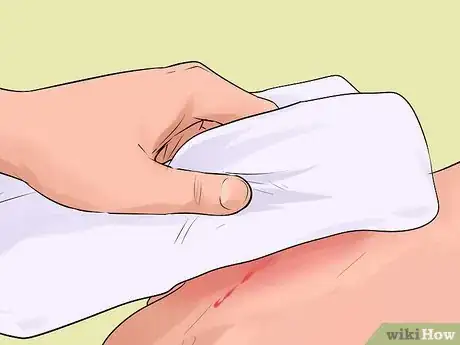

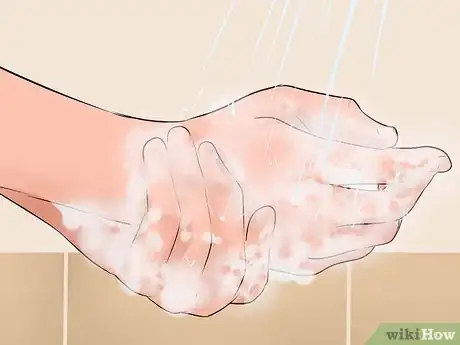
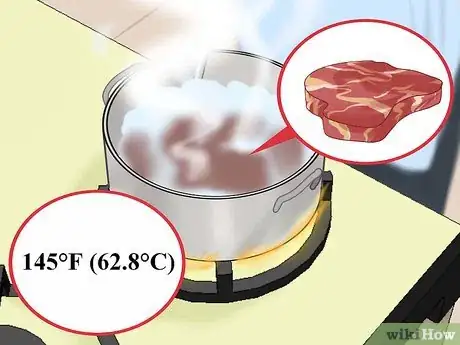
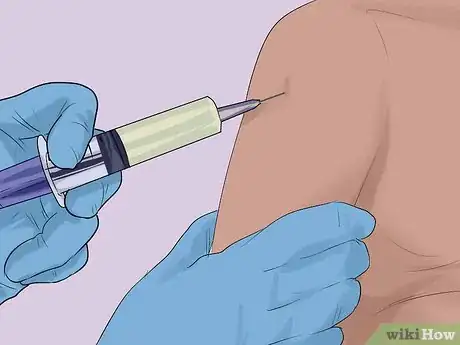
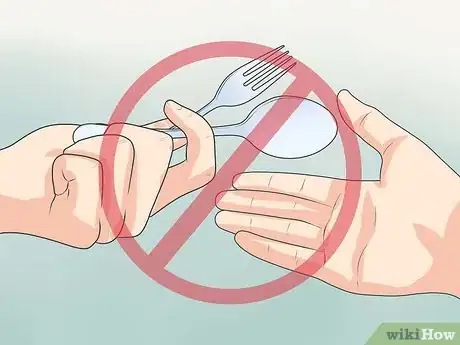
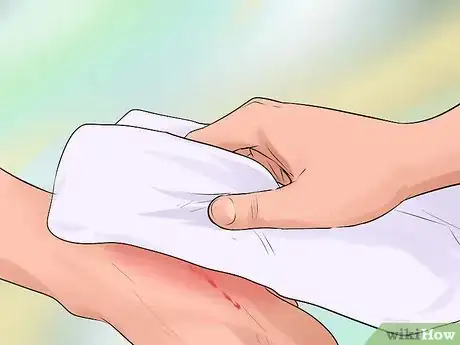
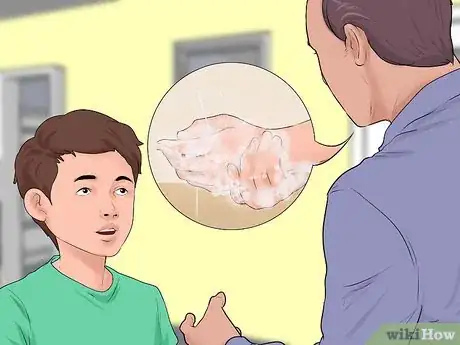

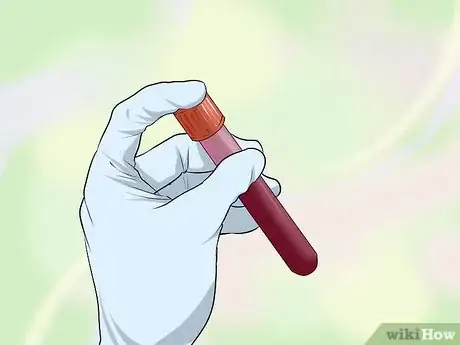





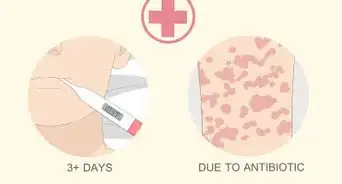







-Step-11.webp)












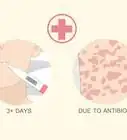



































Medical Disclaimer
The content of this article is not intended to be a substitute for professional medical advice, examination, diagnosis, or treatment. You should always contact your doctor or other qualified healthcare professional before starting, changing, or stopping any kind of health treatment.
Read More...